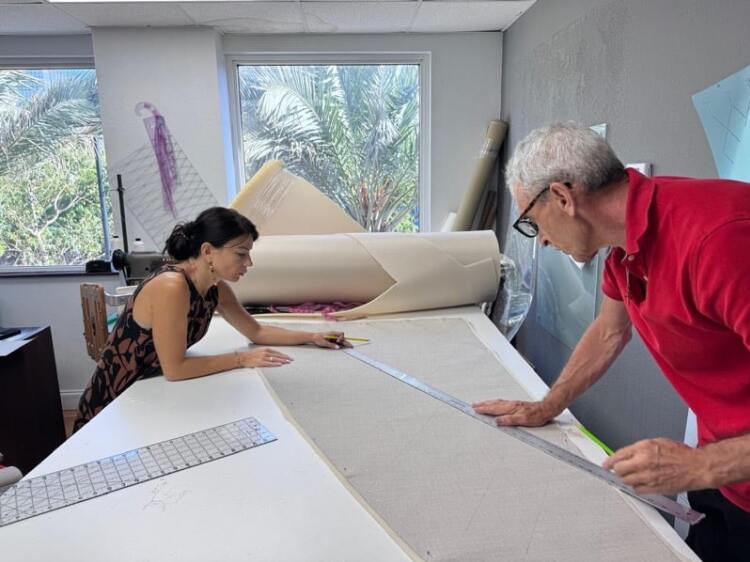Waterproof Boat Cushions: Essential Guide for Marine Comfort and Durability

When it comes to outfitting your boat for maximum comfort and longevity, waterproof boat cushions play a crucial role. Unlike typical indoor cushions, those designed for marine use must withstand constant exposure to moisture, sunlight, and fluctuating temperatures — all while maintaining comfort and structural integrity.

Why Waterproofing Matters for Boat Cushions
Boats operate in a challenging environment where water exposure is inevitable. Rain, spray, splash, and even humidity can quickly degrade non-waterproof cushions. Without proper waterproofing, cushions absorb moisture, leading to:
- Mold and mildew growth
- Foam degradation and compression
- Unpleasant odors
- Accelerated fabric fading and damage
Waterproof cushions prevent these issues by incorporating specialized fabrics and foam that resist water penetration and dry quickly.
Key Components of Waterproof Boat Cushions
Waterproof cushions consist of three main components working together:
1. Cover Material
Marine-grade vinyl is the most common waterproof cover. It is naturally water-resistant and easy to clean. Other popular options include:
- Solution-dyed acrylic fabrics like Sunbrella with waterproof coatings
- Neoprene covers, which offer flexibility and waterproofing but are less common
The fabric must also be UV resistant to prevent cracking and fading over time.
2. Foam Core
The foam inside must resist water absorption. Two common types are:
- Closed-cell foam: Completely water-resistant because the cells are sealed off. It doesn’t absorb water but tends to be firmer.
- Open-cell marine foam: Softer and more comfortable but treated to resist water absorption and dries quickly.
Choosing the right foam depends on the cushion’s function and desired comfort level.
3. Seams and Stitching
Seams are potential weak points for water entry. Waterproof cushions often use sealed or taped seams, or overlap techniques to minimize leakage. UV-resistant thread is also necessary for durability.
Advantages of Waterproof Boat Cushions
Using waterproof boat cushions offers several practical benefits:
- Extended lifespan: Cushions resist rot and mold, lasting longer in harsh conditions.
- Low maintenance: Easy to clean with soap and water without worrying about water damage.
- Comfort: Modern waterproof foams provide excellent cushioning while remaining dry.
- Health: Prevents mold growth, which can cause respiratory issues.
Applications of Waterproof Cushions on Boats
Waterproof cushions are ideal for:
- Helm seats
- Lounge areas
- Sun pads and bow cushions
- Backrests and bolsters
- Portable cushions and deck pads
Choosing waterproof options for these areas ensures they stay dry, safe, and comfortable during all kinds of weather.
Caring for Waterproof Boat Cushions
To maximize the benefits of waterproof cushions:
- Rinse off salt and dirt regularly with fresh water.
- Clean stains promptly using mild soap and a soft brush or cloth. Avoid harsh chemicals.
- Store cushions indoors or use covers during prolonged non-use.
- Inspect seams and fabric periodically for damage or wear.
Proper care can extend cushion life by years.
Trends and Innovations
New advances in waterproof fabrics and foam technology continue to improve marine cushions. Some innovations include:
- Antimicrobial coatings integrated into fabrics and foams.
- Breathable waterproof membranes that reduce heat buildup.
- Eco-friendly materials that reduce environmental impact.
These trends improve user comfort and environmental sustainability in marine upholstery.
Conclusion
For anyone outfitting or refurbishing their boat, choosing waterproof boat cushions is essential. They provide durable, comfortable seating that withstands the challenges of marine environments without sacrificing style or performance.
If you want professional options for waterproof cushions and upholstery, check services specializing in waterproof boat cushions.


